El Bulli has now closed, so the review below is of historical interest only.
There is no shortage of food journalism dedicated to El Bulli, where Ferran Adria's relentless inventiveness and clever marketing has made this the most difficult table in the world to book. The restaurant opens for around six months a year, providing a total of around 40,000 seating opportunities, which sounds a lot until you realize that two million people a year try to get a reservation, a 50 to one shot in the annual ballot. A friend of mine discovered that there was even a secondary market in El Bulli reservations, paying a little matter of 1,500 euros on eBay in order to get a reservation from a seller.
I had eaten here just once before, in July 1999, before the media frenzy descended and where it was possible to book a table the old-fashioned way, by just by ringing up. I really did not enjoy my meal then, and it seemed only fair to give the place another shot, especially since the restaurant seems likely to close in a year or so from now, reportedly transmuting into a culinary academy. El Bulli could not be accused of being easily accessible, even with a reservation. The restaurant is set on a hillside above the seaside town of Roses, almost on the border between Spain and france. There is a somewhat hair-raising drive up a narrow one track road that seems to go on forever before the restaurant finally hoves into view.
There is a terrace area, and two main dining areas. The decor is quite simple, a stone floor and white plastered walls, with some incongruously frilly curtains. Tables are large and well spaced, laid with white linen. The large kitchen has 45 chefs working, though on this occasion Mr Adria was away in New York. There is no menu at El Bulli these days; as is often the way at present the Japanese influence has taken hold, whereby the kitchen produces a series of dishes of its own choosing, though you can request in advance to avoid any ingredients to which you are allergic or simply do not fancy.
The meal began with frozen strawberry with Campari, which tasted predominantly of strawberry, keeping the potentially dominant Campari taste carefully in check; this was refreshing and pleasant enough (16/20). This was followed by a mojito "sandwich" where the part of the bread was taken by meringue, with a Mojito filling that had a nice saltiness to balance the mint and tequila. This was very good, the texture of the meringue very light, and the overall effect having a palate cleansing effect (18/20). The final introductory dish was a vodka and almond cocktail with freeze dried cherry. The dried cherry had very intense flavour, and worked fairly well with the almond (17/20).
The wine list stretches to 139 pages, with coverage of top growers from around the world. I was impressed that, given that the restaurant could charge pretty much anything it wanted, that mark-ups were distinctly restrained, allowing diners to indulge in some nicer wine without feeling ripped off. If only this philosophy would catch on in London. We drank Silex 2004 from the late lamented Didier Dagenau; this was listed at €139 for a wine that would cost €87 in a UK shop, and the silky 2000 Alion from Vega Sicila, which cost €78 compared to a UK shop price of around €42. Other examples of the wines included Haut Brion 1994 at €428 for a wine that retails at €206 in the UK and Vega Sicilia Unico 1991 at €321 for a wine that will cost you €224 to buy in a shop in Britain.
The meal continued with sesame paste inside nori seaweed crisp with a citrus filling. The nori (used usually in sushi) was here crisp, and the slightly sweet sesame paste centre was nicely balanced by lemon and lime (18/20). A visually impressive hollow sphere of frozen gorgonzola now appeared, the top broken at the table by the waiter and the sprinkled with nutmeg. This was technically impressive but the tastes worked too, the cheese flavor surviving the freezing process and the nutmeg adding an additional flavor note (18/20).
This was followed by a dried hibiscus flower with peanuts, with had light texture (17/20). Alongside was a Parmesan bread stick, which had absolutely superb texture, light as a cloud, yet with distinct Parmesan flavour. This for me was a revelation, demonstrating great cooking skill and tasting lovely (20/20). Next was frozen hazelnut galette with raspberry, which was an unusual taste combination that worked quite well (17/20), as well as a pretty dish of hazelnut with caviar (17/20).
Now a pair of shrimp omelettes appeared, each of quite different texture. The white omelette was very soft, to the extent that you could roll it up easily in your fingers, while the brown version was crisp (reminiscent of an ultra light popadom) with prawns on top, with just a hint of spice. I thought this dish worked very well, the prawn and egg flavors working well together and the textural trickery an interesting touch (19/20).
This was followed by a block of frozen coconut, which was exactly as advertised, with a light texture, but was a little one-dimensional from a taste viewpoint (16/20). This was closely followed by a set of little rose petal wontons with ham jelly served in Chinese dim sum steamer, and accompanied by a warm melon soup. The wontons were delicate and the melon flavour worked surprisingly well as a contrast (17/20).
At this point my wife, who does not eat meat, was presented with a little baguette wrapped in a coating of truffles, which was an inspired idea, the truffle flavour and scent lovely, nicely offset by the simplicity of the bread (19/20). This was followed by an ultra-light macadamia canapé with feathery texture that still retained the distinct flavour of the nuts (19/20). I then had a lovely ham and ginger canapé served on a crisp base; the ginger had excellent flavor and the combination with the ham worked very well indeed (19/20).
Some seafood now put in an appearance. The first was in the form of a single langoustine without adornment, just barely cooked through. This was very enjoyable though I have eaten better langoustines (18/20). A prawn was then served in three forms. A little spoon had juices from the head, while the body was conventionally cooked and the legs were deep fried, which was an interesting idea that gave a pleasing texture contrast to the soft body of the prawn (18/20).
I next had quail breast with carrot escabeche, the quail cooked rare and having a slight hint of spice (18/20). My wife had raspberry with cabbage and kim chi sauce, again served in a dim sum steamer. This odd-sounding combination of flavours worked surprisingly well, the cabbage nicely spiced (18/20). Next was tartare of tomato with basil and pepper with a little mustard and HP sauce. The tomato had lovely flavour and the seasoning was very well judged, with a nice spicy kick, the dish having a few ice crystals added as it was served (19/20).
The Japanese influence continued with the presentation of katsubushi, which is tuna that is smoked and aged for three years. This was infused in hot water in a cafetiere at the table, and in due course the infusion was poured into a tea cup. This was served with a "japanese tiramisu" of soya with miso and a little sake. This infusion was quite effective, and the rather bland taste of the soya bean paste needed its flavour lift (17/20).
Next was a pretty presentation of a "match" made from soy sauce and wasabi (using real wasabi root, not the coloured horseradish we are used to in most Japanese restaurants in Europe). This had an appropriate fiery taste, and accompanied sashimi of toro (fatty tuna belly) on which was placed a drop of wasabi and soy. The toro was of good quality and the garnish of soy and wasabi well judged, but I was baffled as to why this cold dish was served on a hot plate (17/20). Next were twin servings of thin slices of oronja, a local mushroom. One dish was served hot and one cold, the hot version in a mushroom stock, but in both cases the mushrooms had excellent flavour and carefully judged seasoning (18/20).
This was followed by caviar with truffle flavour, which was interesting and quite effective, the truffle scent coming clearly through (18/20). Next was a truffle and Parmesan cheese macaroon which had remarkably light texture and a lovely aroma of white truffles (19/20). This came with a stunningly good blini with meltingly soft texture inside which was a rich filling of liquid cheese (20/20).
At this point my wife had rose petals lightly fried with an artichoke sauce (17/20) while I had a cold dish of barnacles with sea anemone. I do not have a mental database of barnacle and sea anemome dishes so I will not try to score this; it was not really my cup of tea. Next were little slices of scallop with anemone soup, the latter having a rather odd flavour that I did not think really enhanced the scallops (15/20).
Next what appeared to be a bowl of pistachios appeared, alongside a strip of liquid pistachio. The pistachios had in fact been cooked and were soft, indeed somewhat mushy, in texture. I suppose the texture was interesting and the pistachios clearly had good flavour, but I felt this process actually detracted from the pistachios; personally I think a bowl of unprocessed pistachios would have tasted better (14/20).
This was followed by a papillotte of endive with walnut sauce and oiled caviar, a mix of bitter taste of the endive contrasting with the richness of the caviar. the endive itself had excellent flavour, and there were also some good quality walnuts, but as a conception I am not sure this with the caviar was particularly successful (16/20). Scampi with sesame sauce and horchata sauce made with tiger nuts followed, the scampi served in its shell. The shellfish was cooked a little too lightly for my taste, which was a shame as the langoustine had good flavour; I would have preferred it either as sashimi or cooked through, but this was in between (15/20).
This was followed by a terrific frozen gazpacho with white garlic and olive. The flavours were very intense, the garlic especially coming across without being unduly dominant (19/20). This was presented with toasted cardamon wrapped in muslin, purely to provide an additional aroma. At this point my wife had crab with gnocchi risotto, which sounded great but was really, really salty; a kitchen with this level of attention to detail presumably did this intentionally, but I have no idea why, as the crab flavour was lost (14/20). I had turtle dove (which tastes rather like pigeon, not surprisingly) and blueberry risotto. The blueberry provided a little acidity to offset the richness of the bird, and this worked quite well (17/20).
We again parted company on the next course, with my wife having polenta gnocchi with coffee, and saffron, the gnocchi rather grainy in texture and the coffee flavour just odd. I had rabbit Bolognese, with "rabbit blood" that was actually beetroot; this was fine, the rabbit having pleasing flavour and the beetroot giving an earthy contrast (18/20). A "truffle nem", like a cannelloni, was simply weird. Much nicer was hare soup with strawberry, whose acidity was a welcome balance to the richness of the hare, and chestnut and hare pate (18/20). A rather odd cross between savoury and dessert followed, with a mushroom pastry providing a rather jarring mix of savoury and sweet (15/20).
Pickled fruit with double cream and whisky was peculiar, with a burnt taste that I did not enjoy at all. This came with lime and green tea oil, which had a very strong lime taste, along with frozen cane sugar with green tea, and a layer of transparent crisp. I found this similarly unappetising. Much nicer was a frozen rose of grape and muscatel, which was refreshing (17/20). At this point the meal concluded with a large presentation box containing a vast array of petit fours: eucalyptus mint, tangerine, hazelnut and red fruits and hazelnut and passion fruit chocolates, soy with chocolate, green tea and chocolate, strawberry with yoghurt, pistachio and peanut nibbles, passion fruit and yogurt. There were red fruits in shape of a coral with chocolate, a corn strawberry, alongside further petit fours of coconut, cherry and pea and passion fruit. By this time we were not unduly hungry, 42 courses being sufficient, but the petit fours that we sampled were well made (18/20 average, though I particularly enjoyed the passion fruit).
The bill for two came to 812 euros for two i.e. £354 a head. The food element was 250 euros apiece, and given the level of demand that the restaurant experiences, and the vast amount of work that clearly goes into the food, this seems not unreasonable. Given that they could clearly charge pretty much anything they liked the restraint in the pricing is actually to be admired; some Paris restaurants charge much more than this. Service was attentive and our main waiter charming, and knowledgeable, though one of his female colleagues had a rather icy demeanour. However the dishes came at a steady pace over the five hours, and the logistics of managing to produce a meal on this scale, and serving them without any blips, can only impress. I am very glad that I returned here, as I enjoyed my meal tonight vastly more than my visit all those years ago. It seems to me that the cooking has really developed, and although I freely admit that I have a preference for classical cooking and that not every dish was to my taste, this time there were real high points that I did not find previously. There were several genuinely top flight dishes during this meal whose taste memories will live with me for a long time.
What follows are brief notes from my much less happy 1999 visit.
Famous for its remote location a 40 minute drive up a winding cliff road, as well as for its very inventive cooking. this is not a place you will have trouble forming a strong opinion of. You get various menu options, most involving many small dishes, almost in the style of tapas. The taste and flavour combinations are extremely unusual and challenging e.g. potato with coffee gelee, or a sort of pea soup served in a wine glass, hot at one end, cold at the other, to be downed in one gulp.There are virtually no conventional dishes here. Service is precious, to put it mildly. I don’t mind experimentation if it works, as done by Mark Veyrat at Auberge de l’Eridan (see my French food notes on this web site) or l’Arnsbourg in Alsace. Weird combinations can be stimulating and, if not reliably good, at least interesting.
My problem with El Bulli is not with the experimentation but the way that, for me at least, almost none of the experiments actually worked. When semi-conventional dishes appear their execution is good, but not top notch. Perhaps I am just missing the point, but I did not enjoy this experience one bit. The cooking here was neatly summed up in Anthony Bourdain’s “Kitchen Confidential” – “El Bulli….shock effect food”.





























































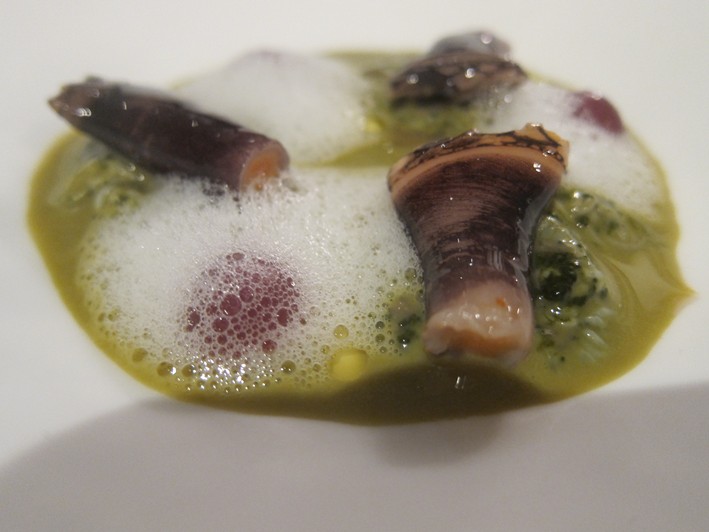

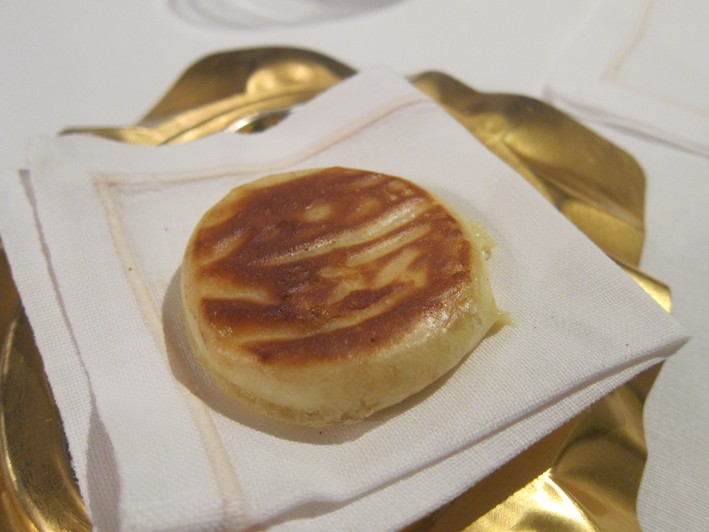
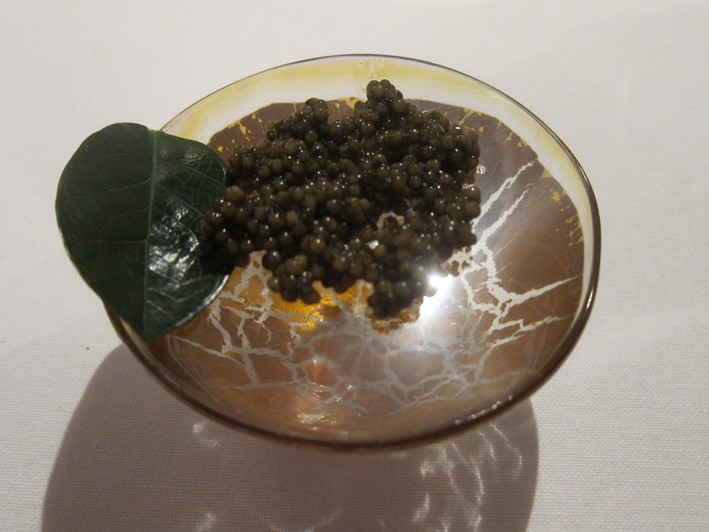
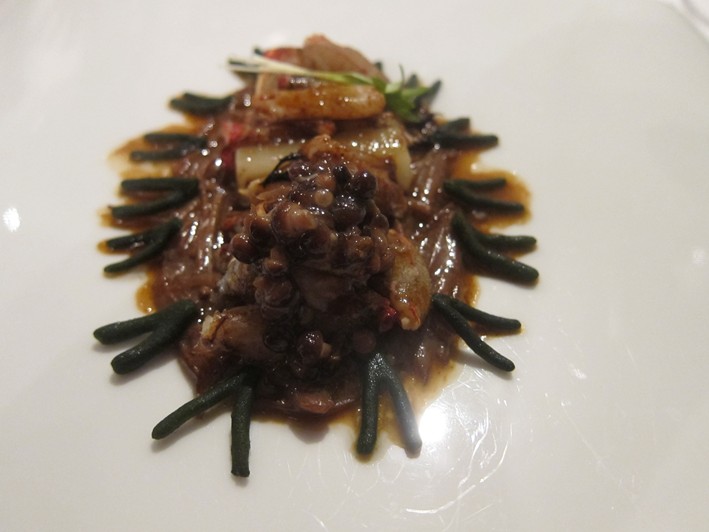
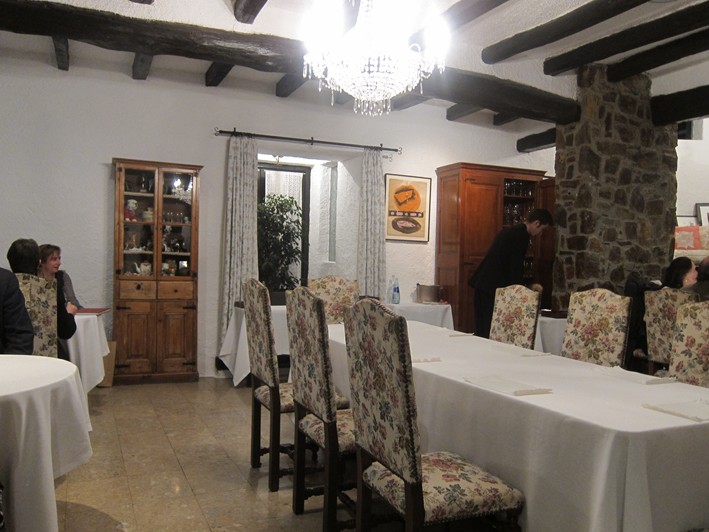
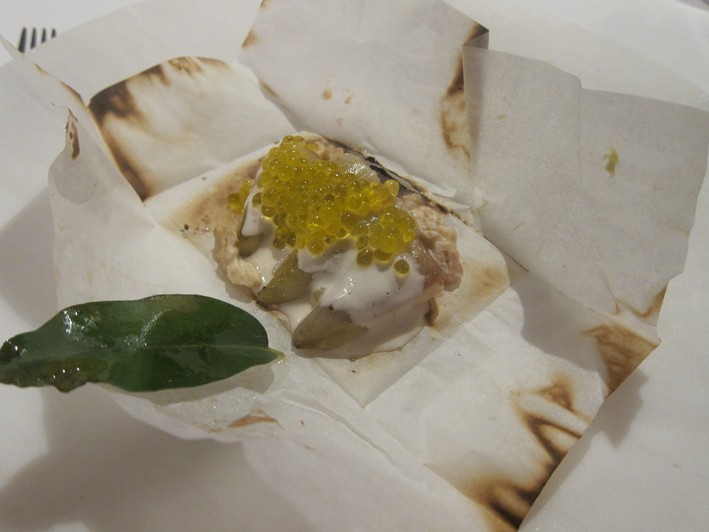


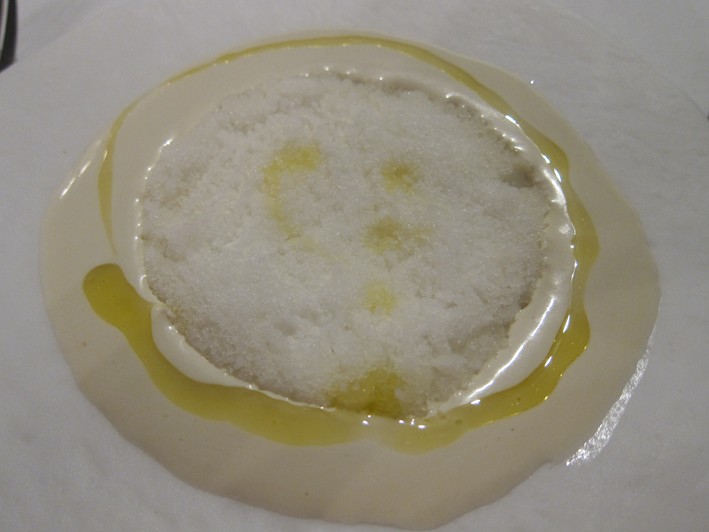
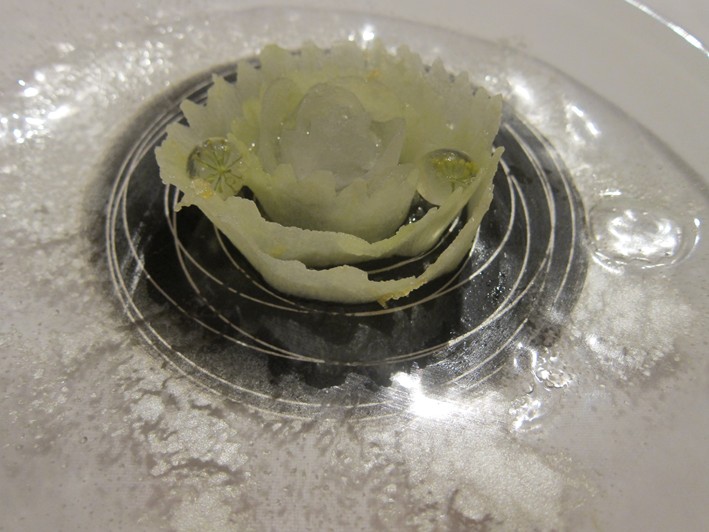
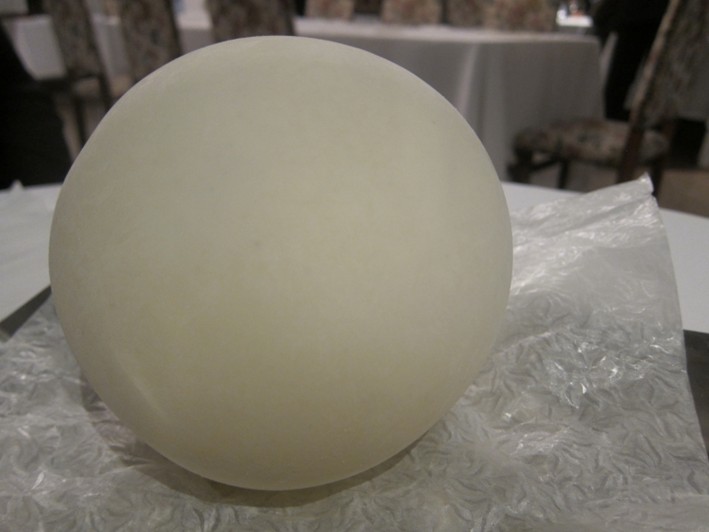

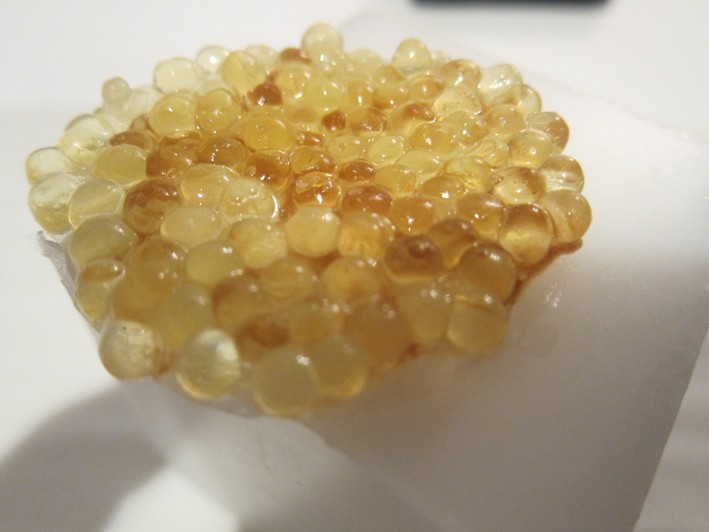
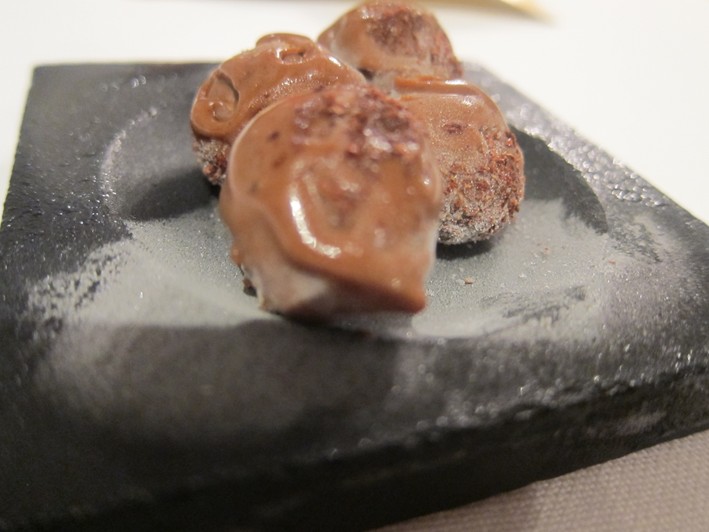
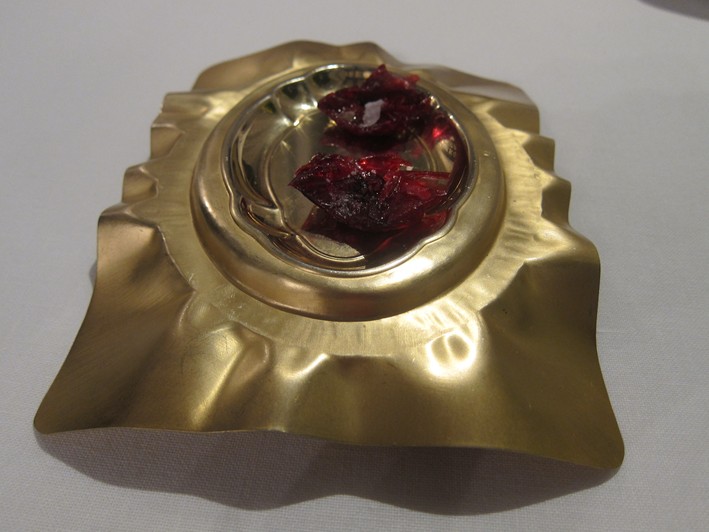
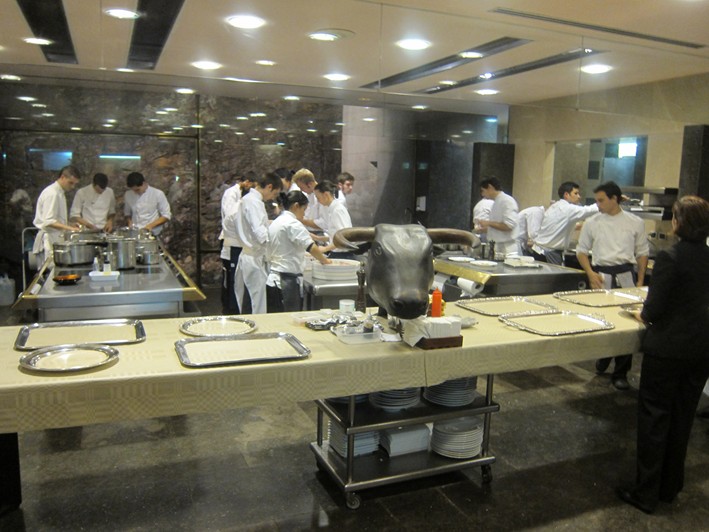



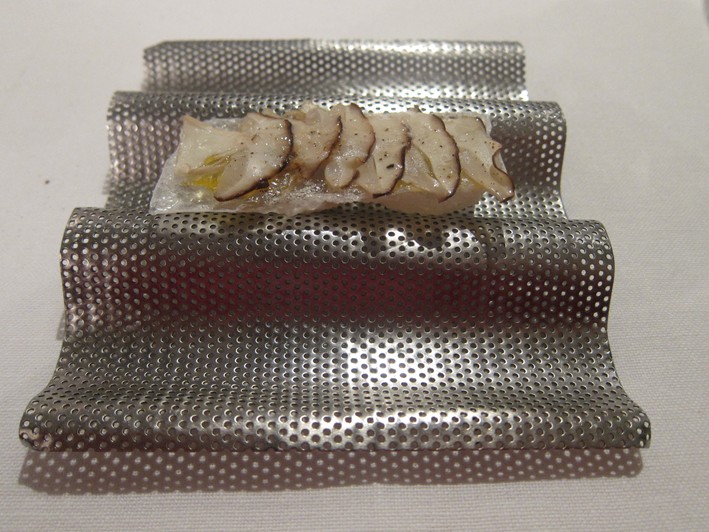
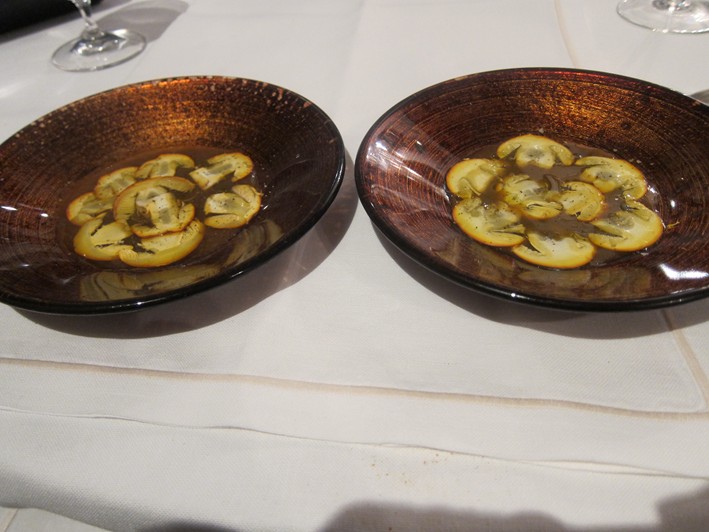
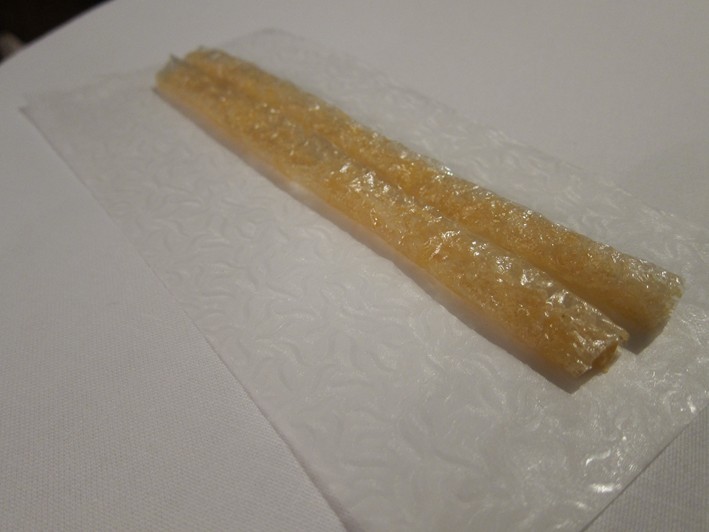

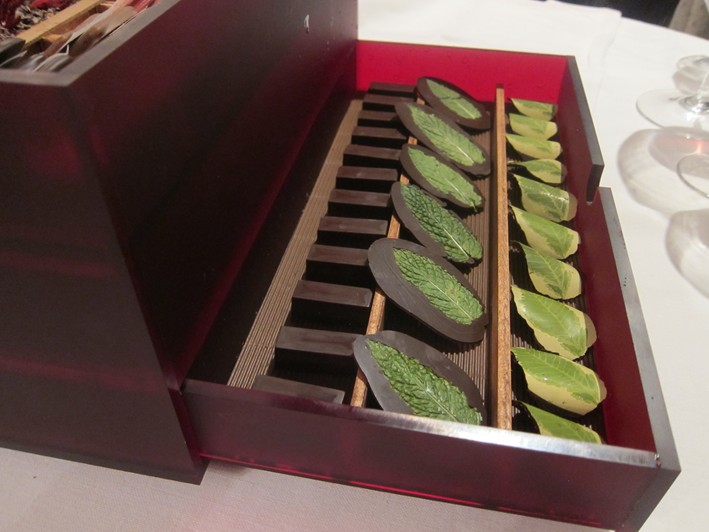
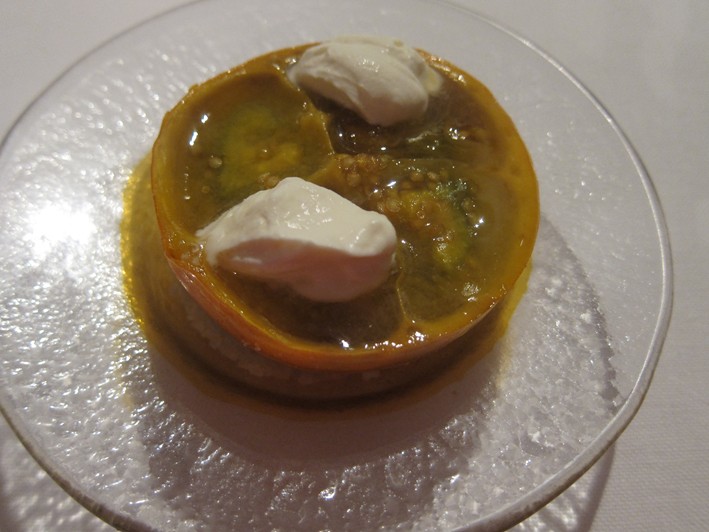
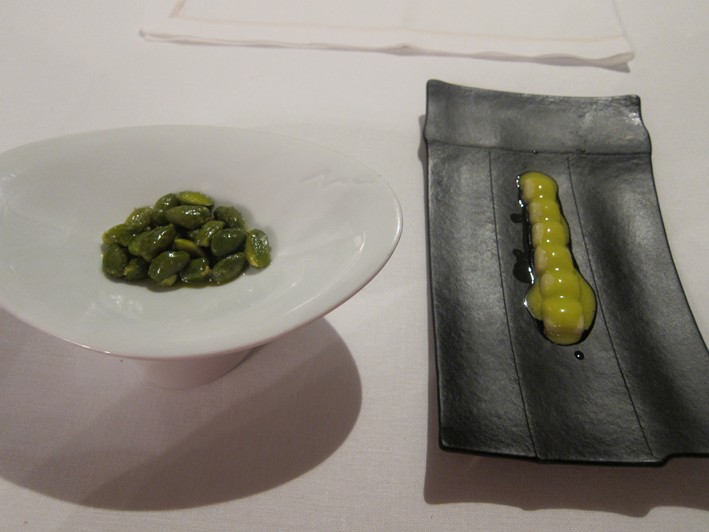

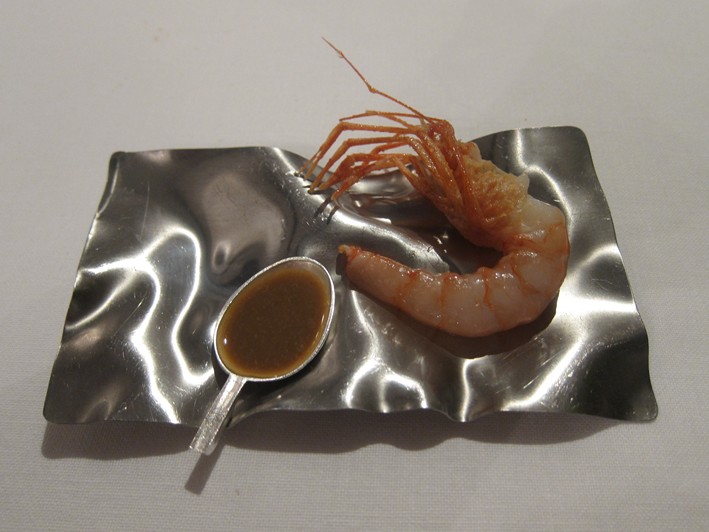

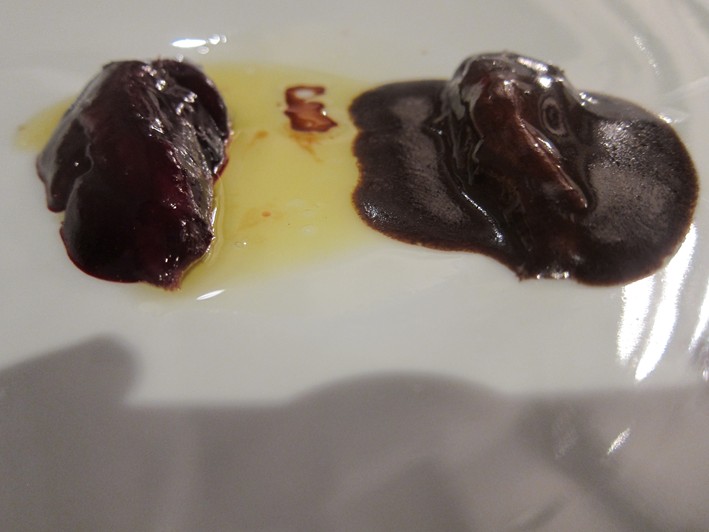
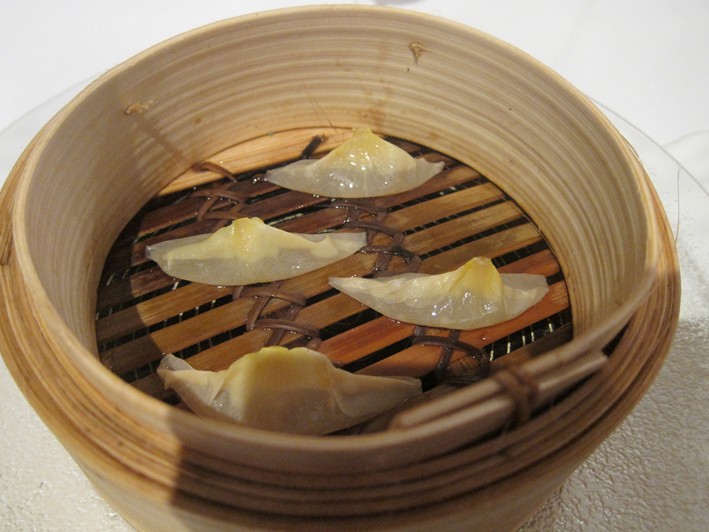
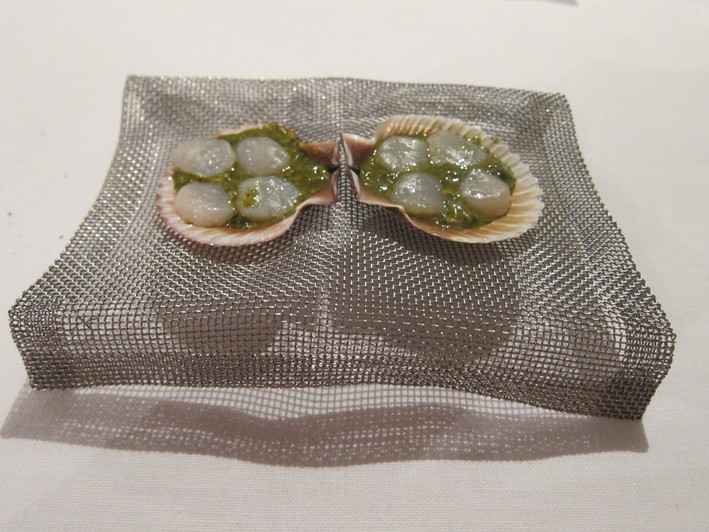
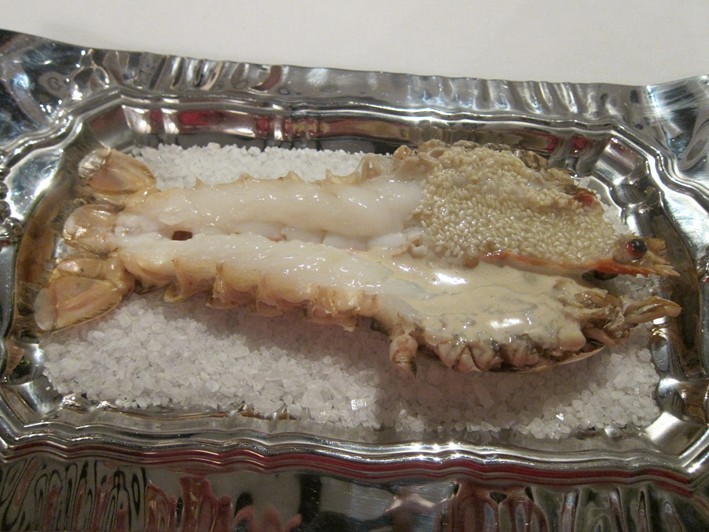
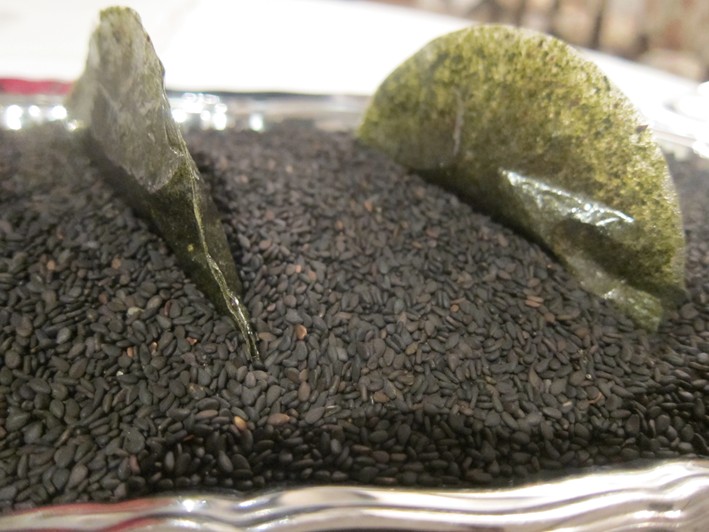
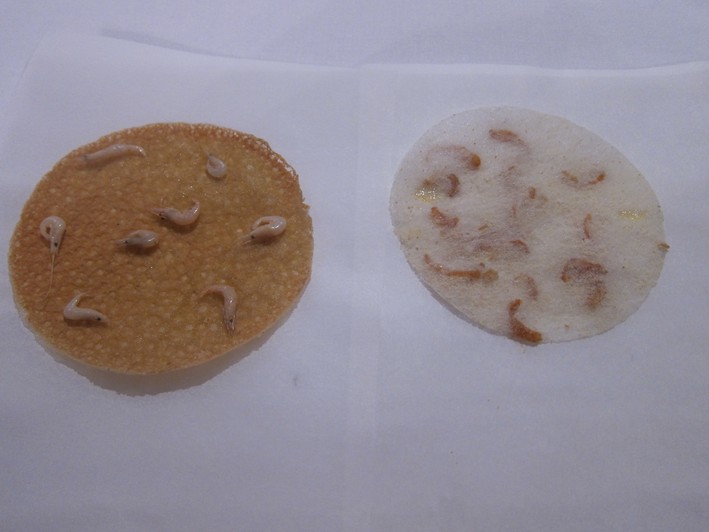
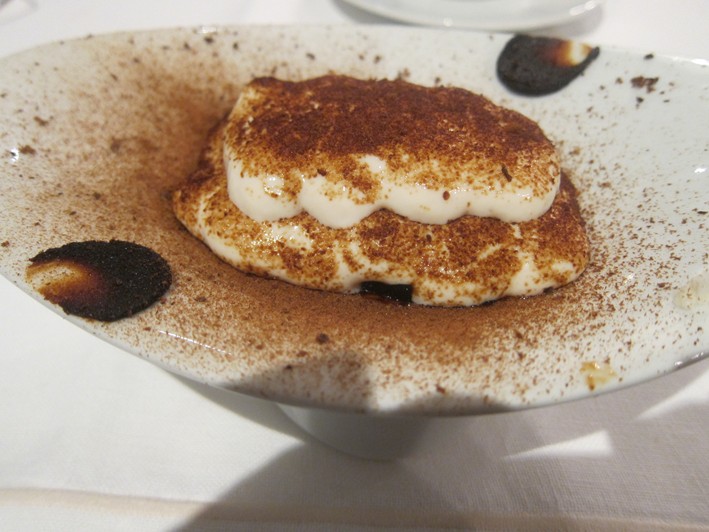


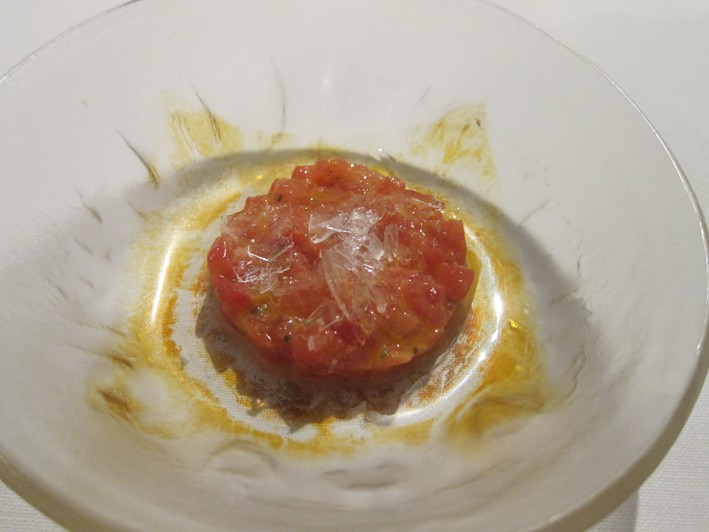


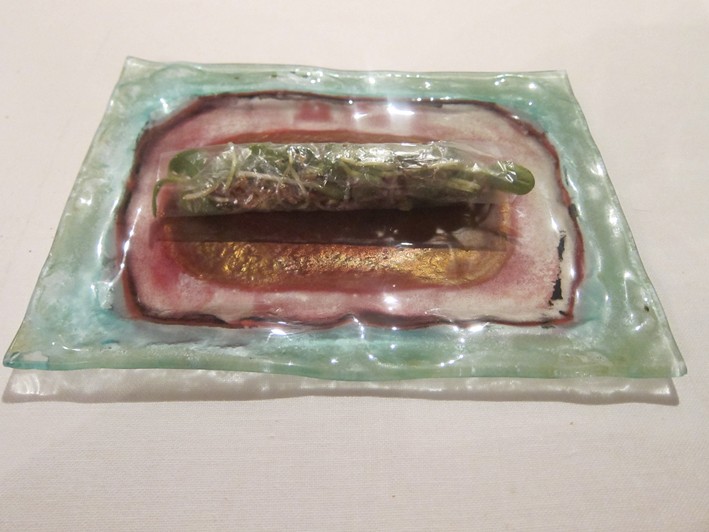
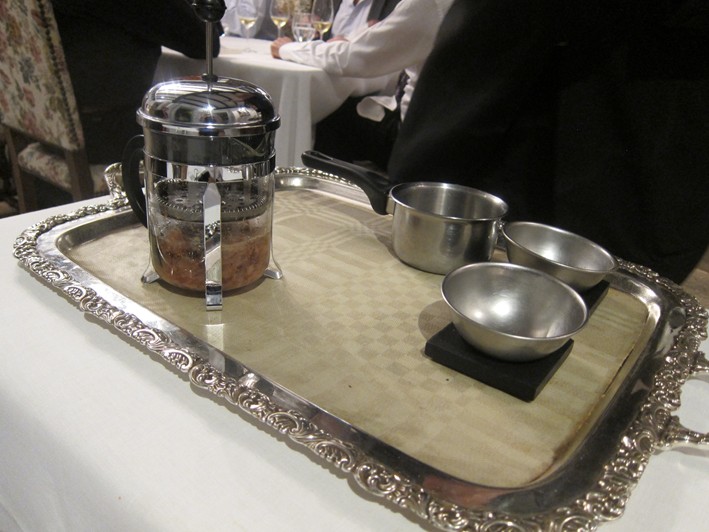
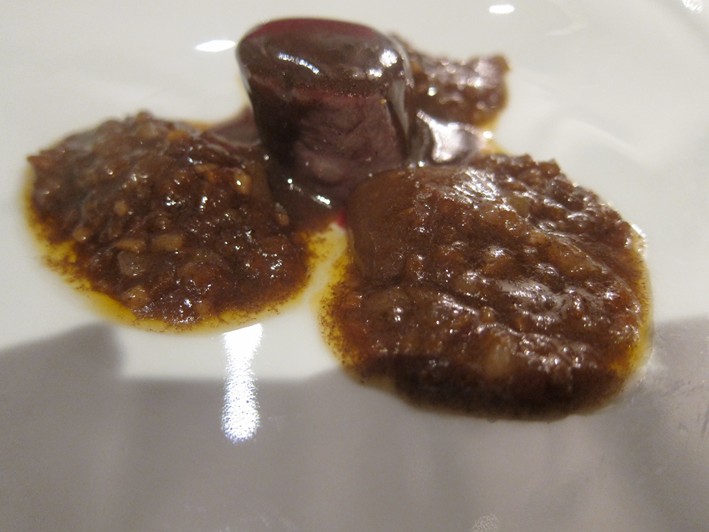

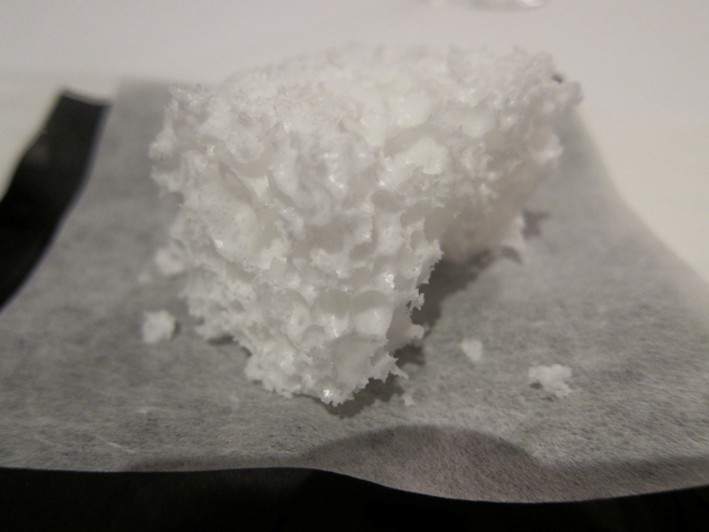
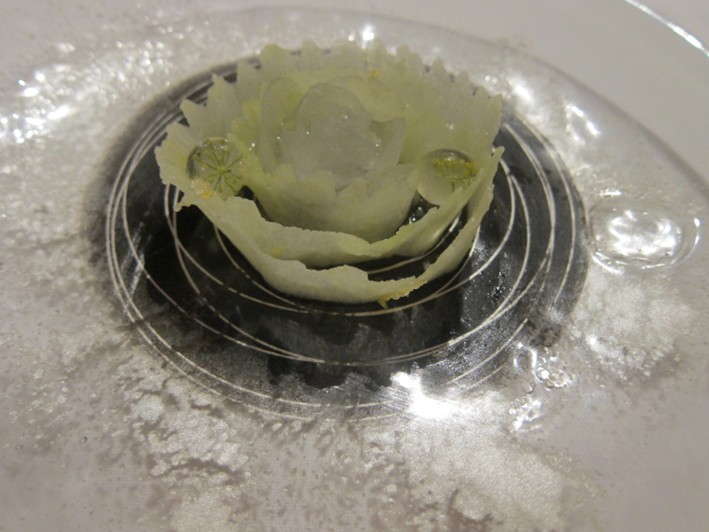
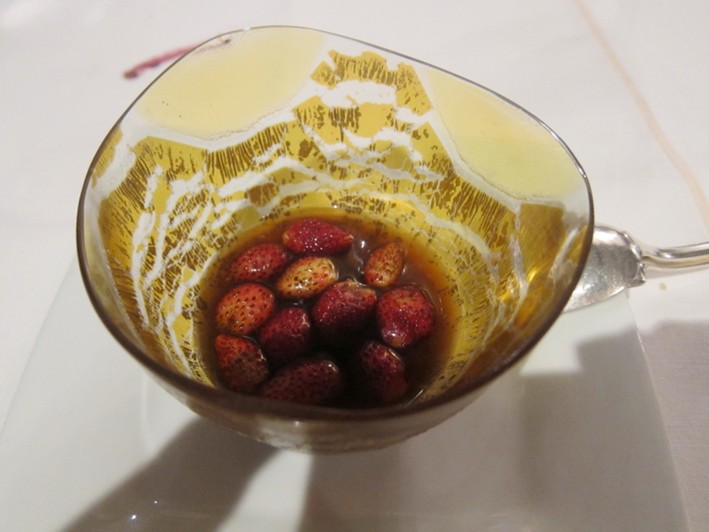
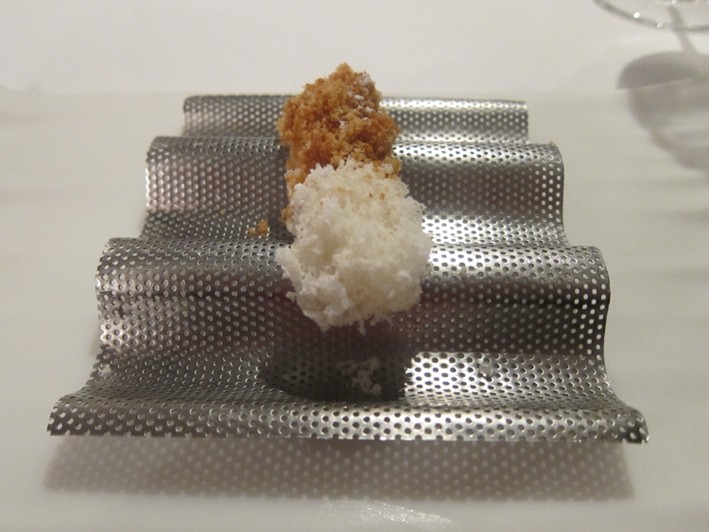
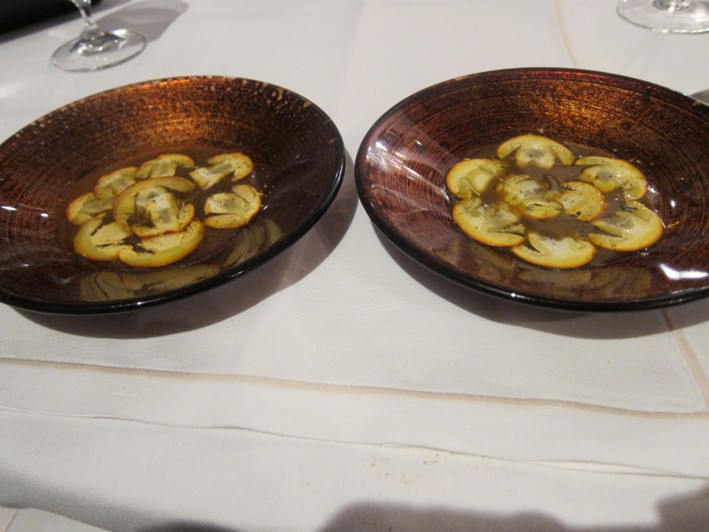
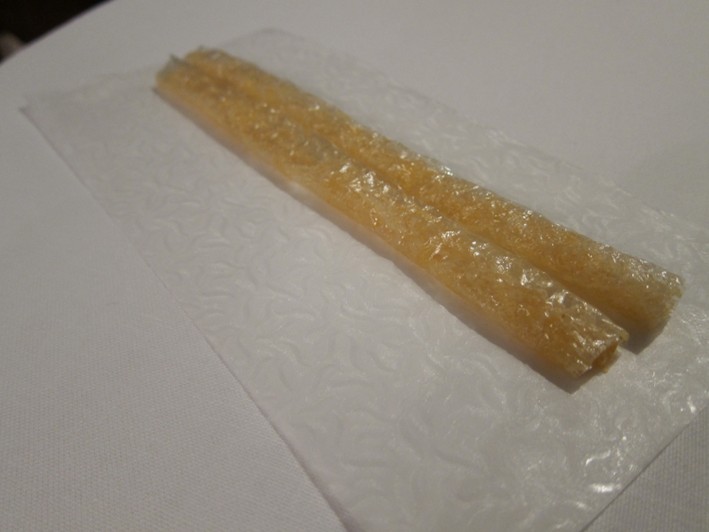
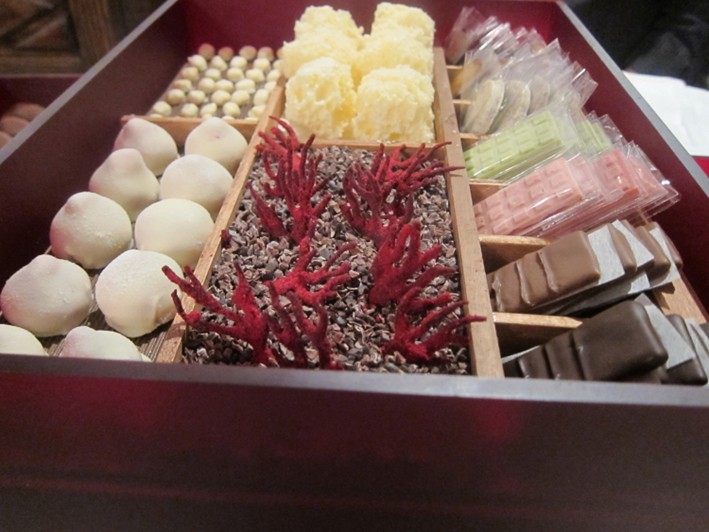

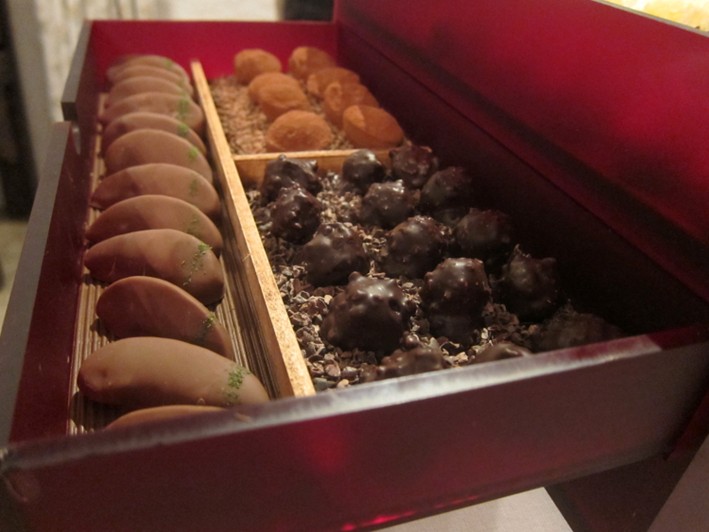
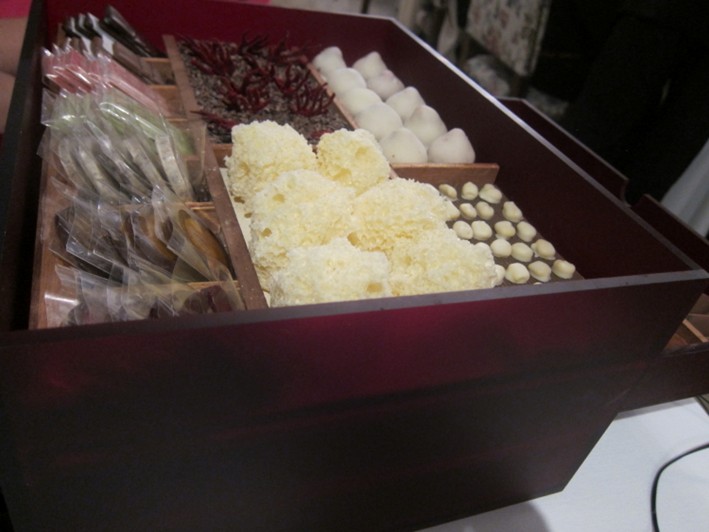
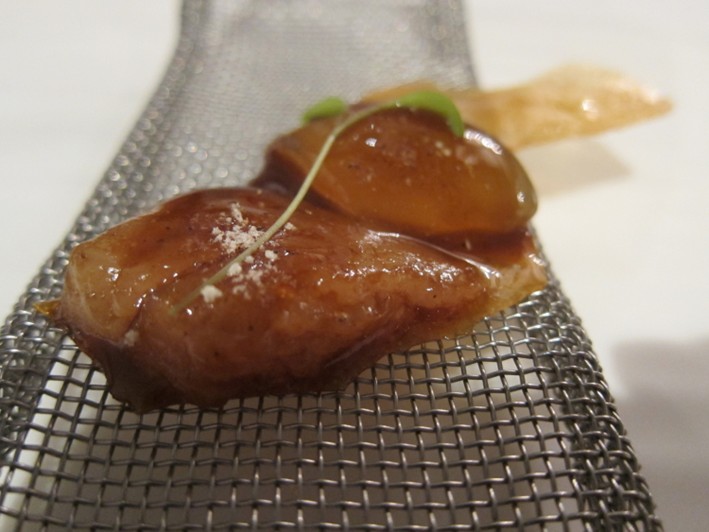

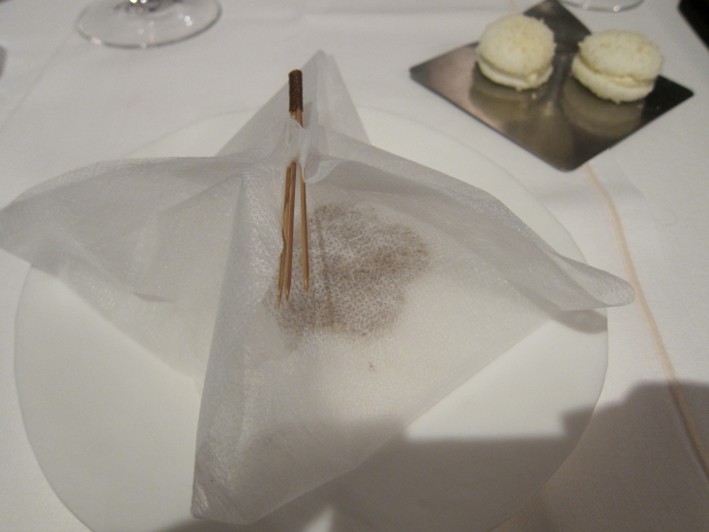


Name unavailable
You say in your review: "The restaurant is set on a hillside above the seaside town of Roses, almost on the border with Spain"!!! It is not on the border with Spain, IT IS WITHIN SPAIN!!!
Emmy Stewart
El bulli was designed for vanity and foodies. I can't find other words to describe a place where the most would get no chance to eat at. Surely not a restaurant but a private club! Glad to see an end to this joke!
GG
I was there in June of 2009 and the experience was beyond negative. a) of the 4 persons dining, none enjoyed the food, with experience deteriorating with each new dish b) Right after the meal, I actually got physically ill outside the Roses hotel we were staying at. I guess the chemicals Mr. Adria utilizes do not agree with me
Simon
I feel that your review's of these modern restaurants are slightly biased in favour of old school/clasical french cuisine. My opinion of these restaurants are that if a panel of 200 peers can vote them the 'Best restaurant in the world' then so be it. You have accurately reviewed(in my opinion) many restaurants, but i do feel that you sway towards more classical cooking.
I don't have a review of your El Bulli piece, just a quick comment. I think it is unfair of you to quote Anthony Bourdain in your summing up sentence. The quote you have used has since been taken back by Anthony himself, he has apologised for making that remark (even if it was in his best selling book).
ergagit
The most honest reviews on the internet. El Bulli is the most overated restaurant in the world, this entitles them to its ranking of number 1
Darwin
I just returned from a fantastic dinner at el Bulli last Monday (July 16th), so I guess from the comments and the review, I would be at a minority. I thought each and every one of the 30 courses served us worked...and at every level. They were flavorful, intriguing, and included a wow factor to them. All the techniques associated with molecular gastronomy were there: lyopholized food, airs, gels, and foams. This is not the first time I have ever tried this kind of cooking nor have I tried all sorts of this kind of cooking, so it is not like I am jaded or coming into this as a wide-eyed optimist. From the parmesan air which you sprinkle with dried fruit to the razorneck clams served with seabeans to the sea cucumber stuffed with calyx caviar, I thought every dish worked. By the time dinner finished at 1am, I was definitely in awe. My group then went back to Barcelona and had dinner at Comerc 24 the following day and were quickly disappointed by the restaurant.
Alex Chambers
I think the last comment could be seen as a little harsh - given that the restaurant has 3 stars and promotes the fact, surely it should expect to be judged by the same standards? I have no issue whatsoever with creative cooking but to assume that anyone who doesn't enjoy it is simply a "star collector" is a touch naive. I was hugely impressed by much at El Bulli but I still feel it is more of a sideshow than the real deal. Several ingredients I adore were presented in a manner that totally baffled me- why turn something into a foam, sludge or jelly unless it improve matters? Not to suggest I'm an oracle on how dishes should be prepared, but surely if you "challenge" someone it should be with good cause, as is the case with his brain florets or parmesan ravioli- not his tomato gelatine soup. Don't get me wrong, when Adria hits the high notes he scores with aplomb, but this is the only 3* that has made me and other (certainly non-foodie) guests gag. The team at Noma, whose chef is Adria's protege, summed it up best when we visited their restaurant- "the tools and the processes are invaluable to moving cooking on, but at times we need to take a step back and look at whether we are actually improving the ingredients". This isn't always the case at El Bulli. Very clever, less often enjoyable. That said, perhaps I'm biased as I hated the terrifying trip round the headland and don't fancy doing it again any time soon. Good to have a debate though!
Mark Reynier
It was never going to be everyone's cup of tea. Though not entirely surprised by them, I disagree with these comments. The place certainly polarises opinion. For me El Bulli is a very special place: it is not a meal - more an experience - and certainly not for everyone; you either get it or you don't there are no half measures. The biggest decision is deciding who to take with you - the right companion is essential: 3 star stamp-collectors, in-and-out diners, celebrators, me-toos, French traditionalists - forget it. I have been going since 1999 and find it it be the most enthralling, all encompassing experience. With each visit the pleasure incredibly seems ratcheted up another notch. I love it precisely because it directly challenges all the usual pompous foodie preconceptions: Laid back, auberge-like atmosphere; casual dress; 25 mini-course set menu; Stimulating, progressive, provocative and yes playful cuisine. Here it's your brain more than simply your palate that is nourished by El Bulli. How long can they keep this up I don't know. If you are ever invited to go to El Bulli, the chances are that your host will have already been. He will have chosen you because he knows you will appreciate the enigma that is El Bulli. Go - and prepare to be ambushed. Dining will never be the same again.
barbara
the best thing about El Bulli is the fact that the food is not wine friendly so it keeps the price down.... It was a case of the Emperor's new clothes A chemisty experiment is the good way to describe the meal
Alex Chambers
Very much a mixed bag. On a visit in the Summer of 2006 I had two or three dishes which were heading towards the sublime; most notably a raspberry puree encased in frozen white chocolate which exploded upon contact with the tongue and a simply magnificent ravioli of Parmesan served in an intense veal broth, which are both easily 9 or 10 out of 10 mouthfuls. The problem I had was that these were exceptions, with the wackier creations often leaving me bemused (tomato soup that was actually slabs of tomato flavoured gelatine?!), and on one occasion, literally gagging (if offered mussels here be extremely wary - they may well encase them in agar and sea water. A mouthful of unexpected salt water with jelly lumps doesn't really float my boat). The one point I would strongly disagree on is the service. We were treated remarkably well by both the young sommelier and our main waiter; both were faultless. Having also encountered ex-El Bulli staff at Anthony's in Leeds, I'm rather surprised to hear of bad experiences as they were marvellous too. Perhaps I had a lucky day... Too much hype is the problem here, but then, I feel the same way about The Fat Duck. Just because something has been reconstituted, frozen in nitrogen and presented with a chintzy name, it doesn't mean it is any better than the straight forward ingredients. Good wine list though.
Pierre
Been there a year ago. Maybe I was expecting too much, but everything was a disaster. Waiters with attitude, never the same one, food unimaginative at best. He should probably take a break. Oh and did I forgot to mention that it attracts quite a popular crowd? Basically, it's cheap, in all meanings.